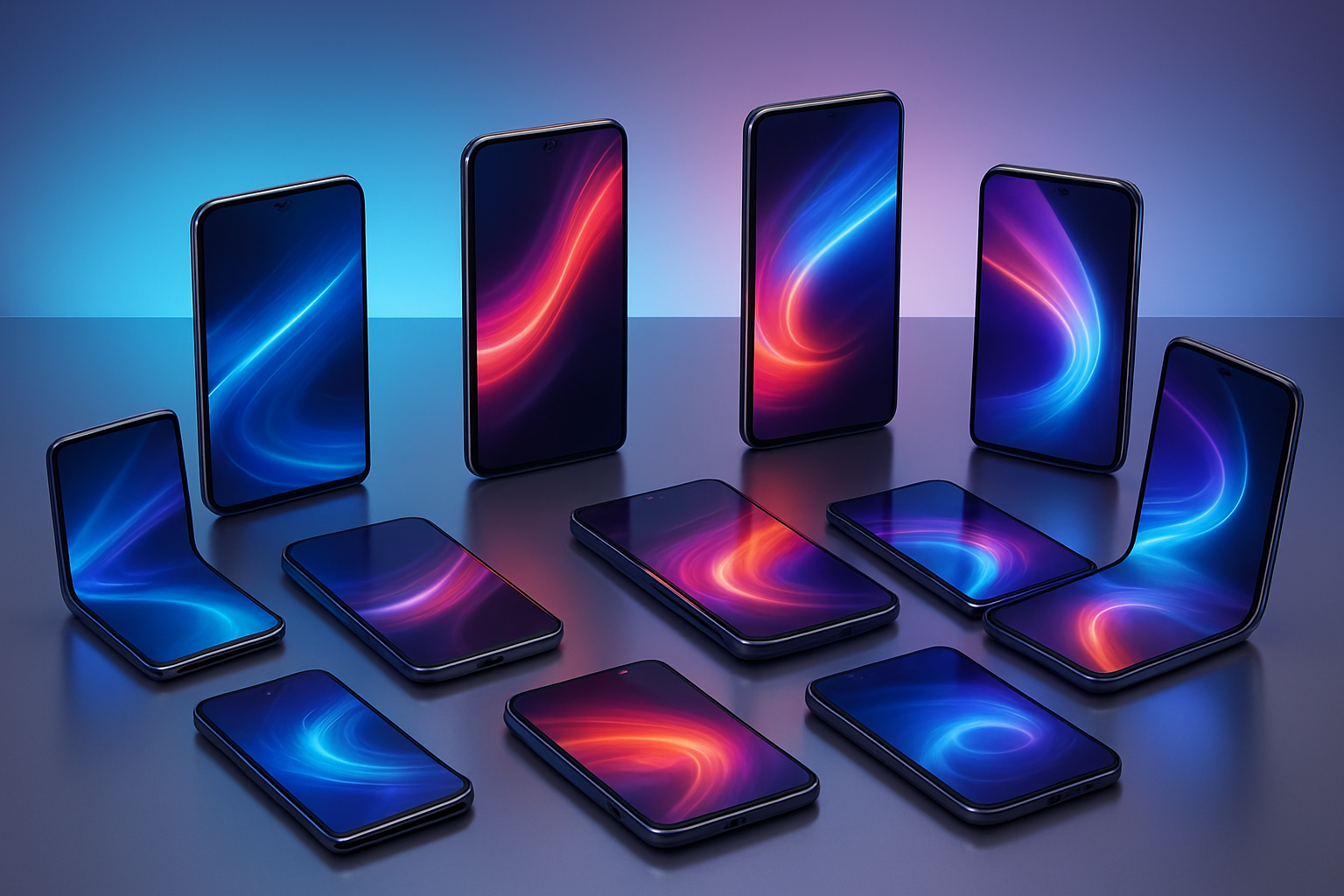In today’s digital world, mobile devices are the primary way people access the internet. More than half of global web traffic now comes from smartphones, which means businesses can no longer afford to treat mobile design as an afterthought. This is where mobile-first design comes in — an approach that prioritizes the mobile experience before scaling up to larger screens.
What is Mobile-First Design?
Mobile-first design is a strategy where websites are designed for smaller screens first, then adapted for desktops and larger displays. Instead of shrinking down a desktop site, this method ensures that the mobile version is optimized, fast, and user-friendly from the start.
Why It Matters
- User Behavior: With most people browsing, shopping, and engaging on mobile devices, a poor mobile experience often means losing potential customers.
- SEO Benefits: Search engines like Google use mobile-first indexing, meaning the mobile version of your site is what gets ranked. A mobile-friendly design directly improves visibility.
- Conversions: Studies show users are more likely to bounce from a website if it’s slow or clunky on mobile. A streamlined mobile experience increases engagement and conversions.
- Accessibility: Mobile-first ensures that everyone, regardless of device, has a seamless experience.
Key Principles of Mobile-First Design
- Simplicity: Focus on clean layouts, easy navigation, and fast loading times.
- Responsive Design: Elements should adapt smoothly to different screen sizes.
- Prioritized Content: Display the most important content first to grab user attention quickly.
- Touch-Friendly: Buttons, links, and forms should be easy to tap without frustration.
The Business Impact
Adopting mobile-first design is more than just a design choice — it’s a business strategy. Brands that embrace it see higher engagement, better search rankings, and stronger customer loyalty. As mobile use continues to dominate, businesses that fail to prioritize it risk being left behind.
Conclusion
Mobile-first design isn’t just a trend; it’s a necessity in today’s digital landscape. By putting the mobile user experience at the forefront, businesses can create websites that are not only visually appealing but also effective in driving growth. The future of the web is mobile-first — and the future is already here.




